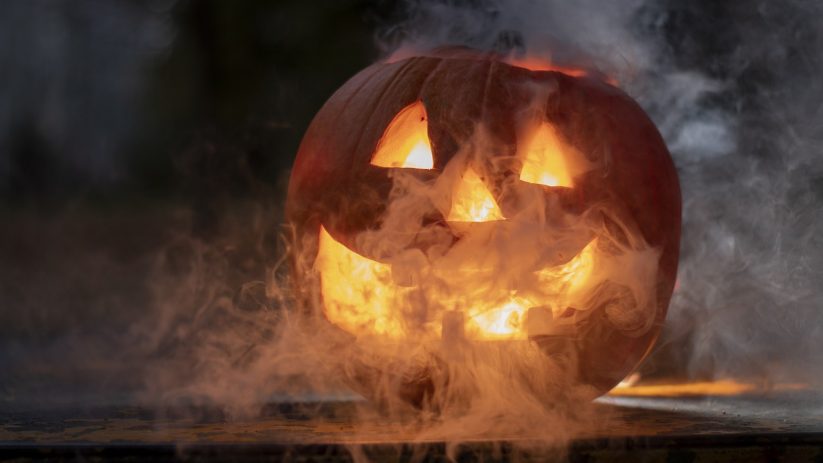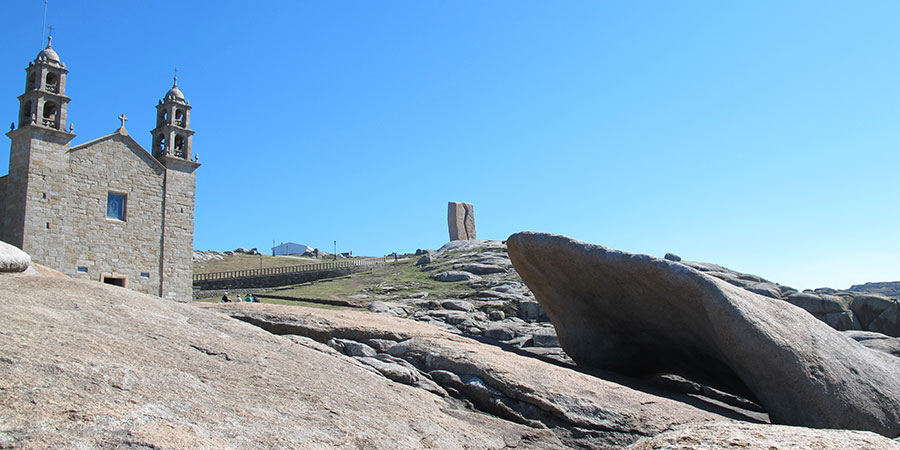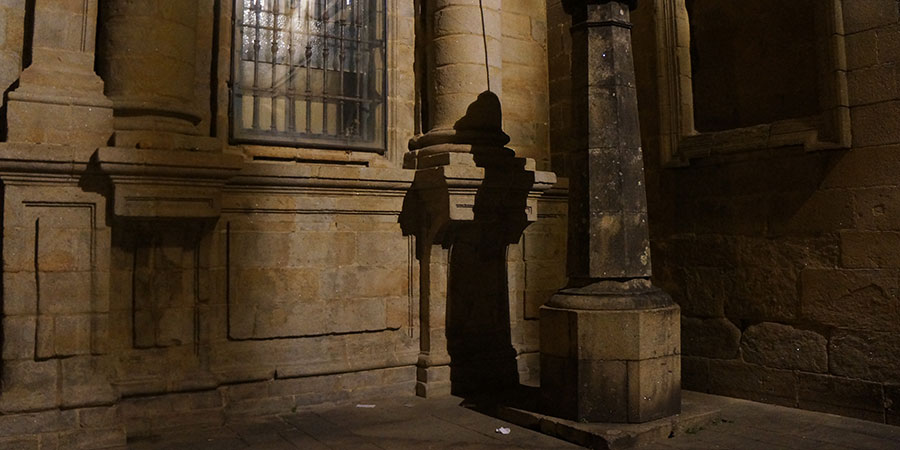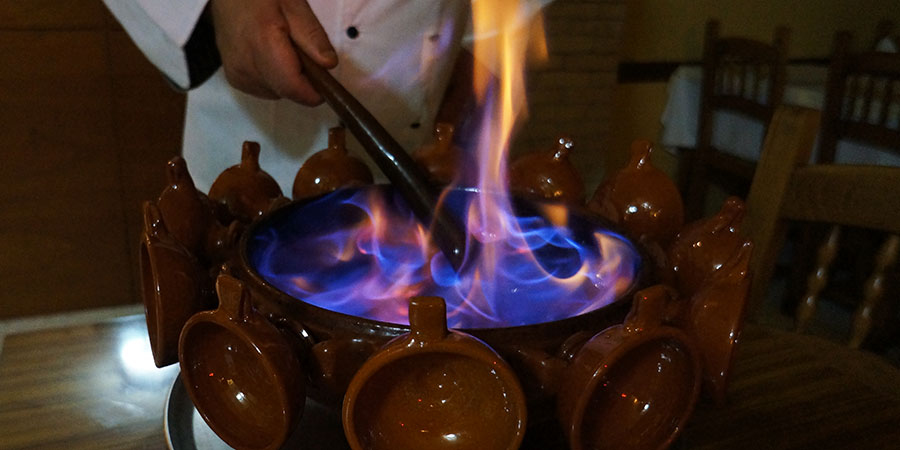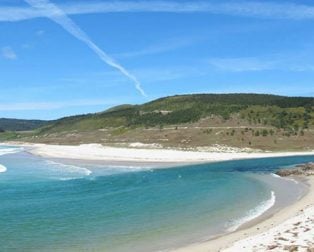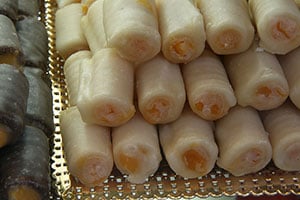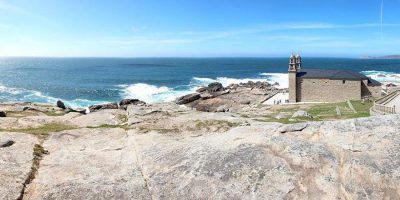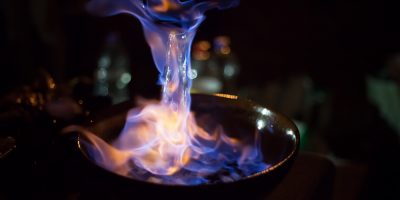Halloween is right around the corner so it’s no surprise that we’re getting into the spooky spirit. Whether you’re a fan of ghosts and ghouls or just a little bit superstitious, you can add some ghostly fun to your walk with these 7 spooky Camino facts!
As we know, the Camino de Santiago takes walkers to Santiago de Compostela, the capital of Galicia, a land rich in folklore, colourful legends, and frightening spirits.
Many also believe witches still exist in Galicia, living in disguise and blending in with the general population. With Halloween, and All Saints Day just around the corner, this is the perfect time of year to unleash your inner ghoul!
Spooky Fact 1: The Coast of Death
The Costa da Morte, on Galicia’s Atlantic coast, stretches from Fisterra to Malpica. English seamen in the XIV century frequently referred to this land as the Coast of Death, as it was known to be a black spot for shipwrecks, due to its difficult and dangerous geography.
But even before English seamen encountered trouble along this coast, Fisterra was considered to be the end of the world and a very special place by the Romans and pagans and pre-Christian cultures.
It was here where the sun disappeared under the sea, connecting the world of the living and the land of the dead and their spirits. Along the Finisterre Way, you will also find many oscillating stones (pedras de abalar), said to predict tragedies.
Spooky Fact 2: Square of the Dead & The Pilgrim Ghost
In Santiago de Compostela, you will find the imposing Quintana square at the back of Santiago’s cathedral, which is said to have ‘invisible’ residents.
The square is divided in two by a set of stairs: the upper part of the square is called Quintana dos Vivos (Quintana of the Living), while the lower part of the square is the Quintana dos Mortos (Quintana of the Dead), as it was used as a burial ground until 1780.
The shadow of a pilgrim is said to appear in a corner of the square every night.
Spooky Fact 3: Bonaval Park
After 1780, the burial ground for the city of Santiago was moved to San Domingos de Bonaval. Today, many people visit Bonaval Park, which boasts stunning views of the city, to relax and spend time with friends and family. The park, which was opened in 1994, is located right next to a convent and sits on the old cemetery grounds.
Spooky Fact 4: Crossroads
While in Galicia, you must be careful not to bump into the Santa Compaña, a procession of dead souls feared by many. This very unique procession of restless souls wanders about after midnight, particularly favouring crossroads in country lanes (corredoiras in Galician). The lonely souls are particularly active on special nights like Halloween and Mid-Summer.
If you are unlucky enough to cross paths with this terrifying bunch, quickly draw a circle on the ground and step inside it. This should protect you from being taken away by the group. If they happen to offer you a candle, do not (really, do not) accept it, unless you want to forever wander Galicia’s country lanes.
Spooky Fact 5: Stone crosses
Due to the fear of the Santa Compaña, many ‘cruceiros’ (stone crosses) are strategically placed at crossroads all over Galicia’s countryside. Now you know their real purpose: they will help you escape the recruitment efforts of the Santa Compaña, particularly at this time of the year!
Spooky Fact 6: Soul Pockets (Petos de Animas)
Petos de ánimas (soul pockets) are frequently found at country crossroads and are designed to gather little token offerings for ‘the souls’, so they can leave purgatory and reach heaven. Once in heaven, they will intervene for those who have left a little gift or token of their respect, so maybe this is something you might want to consider to help you out in the future!
Spooky Fact 7: Queimada
If all else fails to keep you safe from scary spirits along the Camino de Santiago, we recommend you have a sip of Queimada (literally meaning ‘burnt’), a punch drink made of Galician spirited ‘augardente’ (fire water) mixed with lemon peel, coffee beans, cinnamon, and sugar.
A special spell is read out while setting alight the concoction so the Queimada will keep the bad spirits and witches away.
If you’d like to go on your own spooky adventure, check out our routes here.
